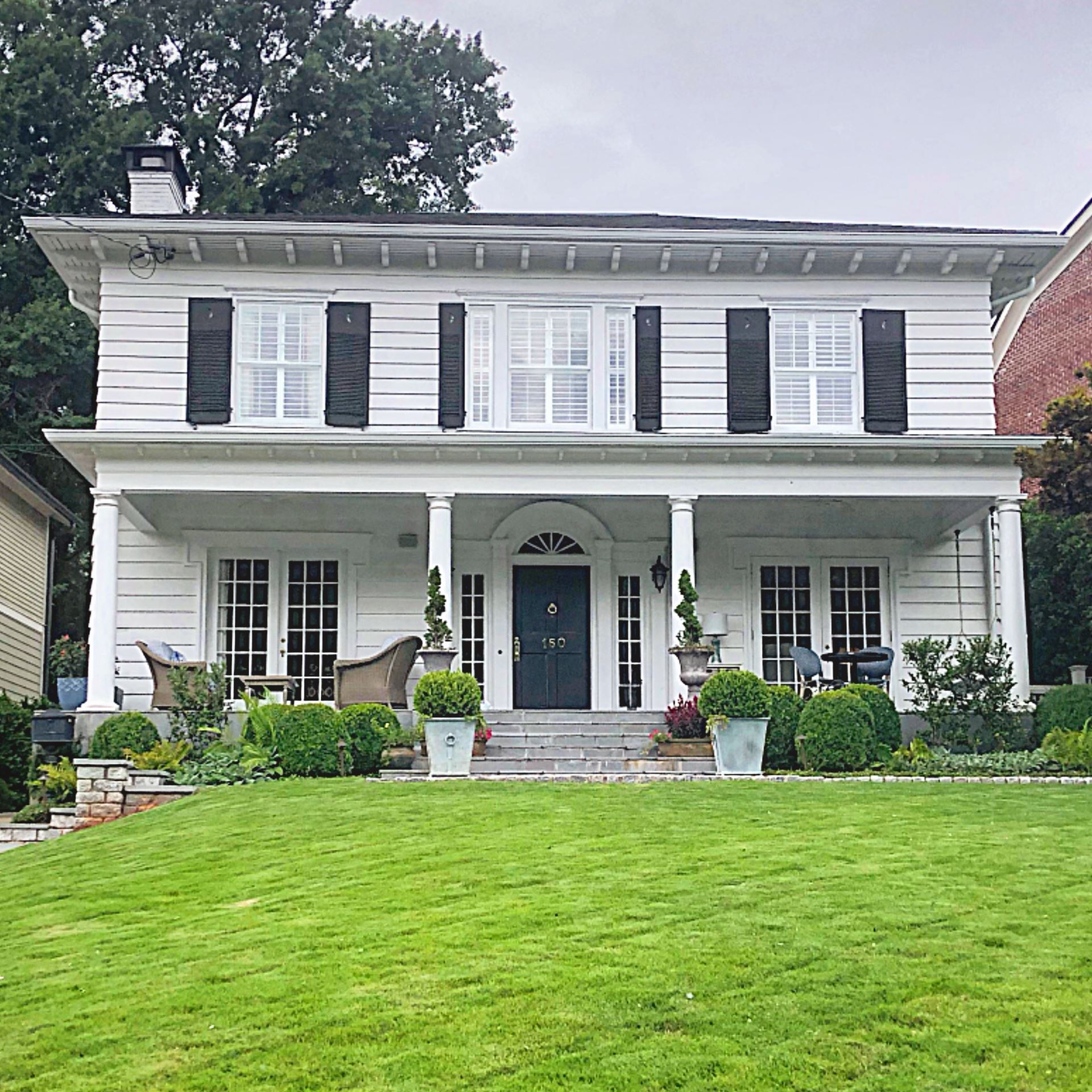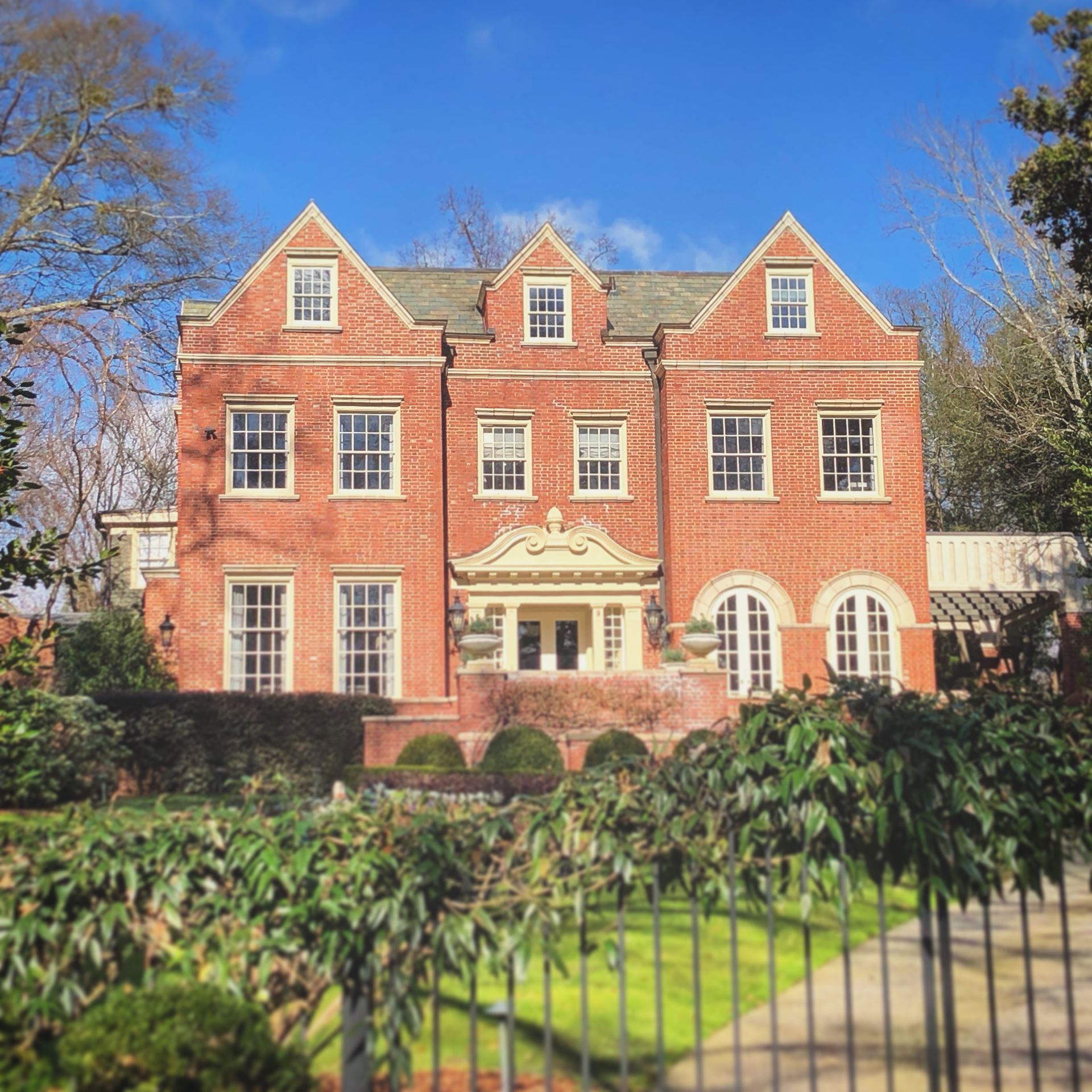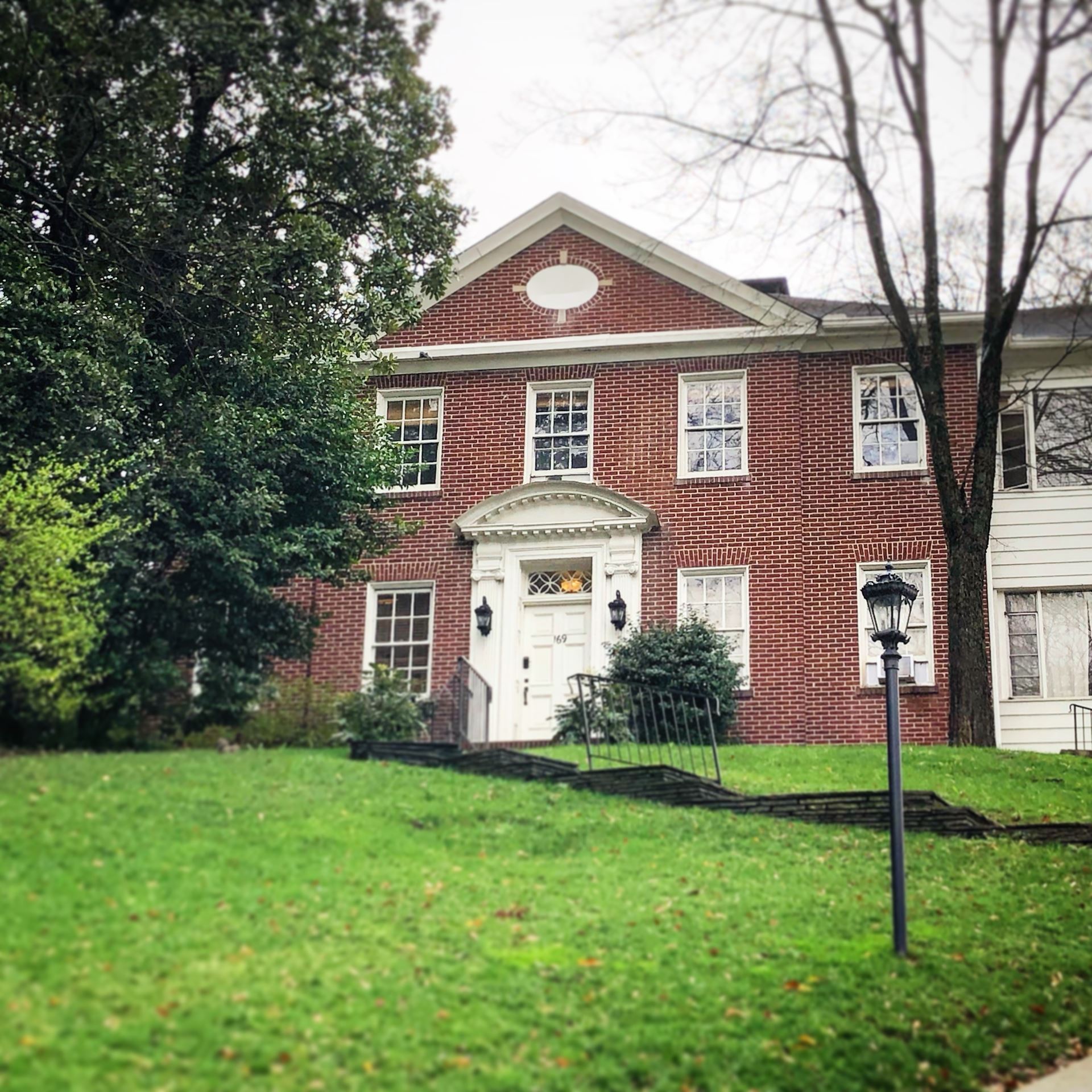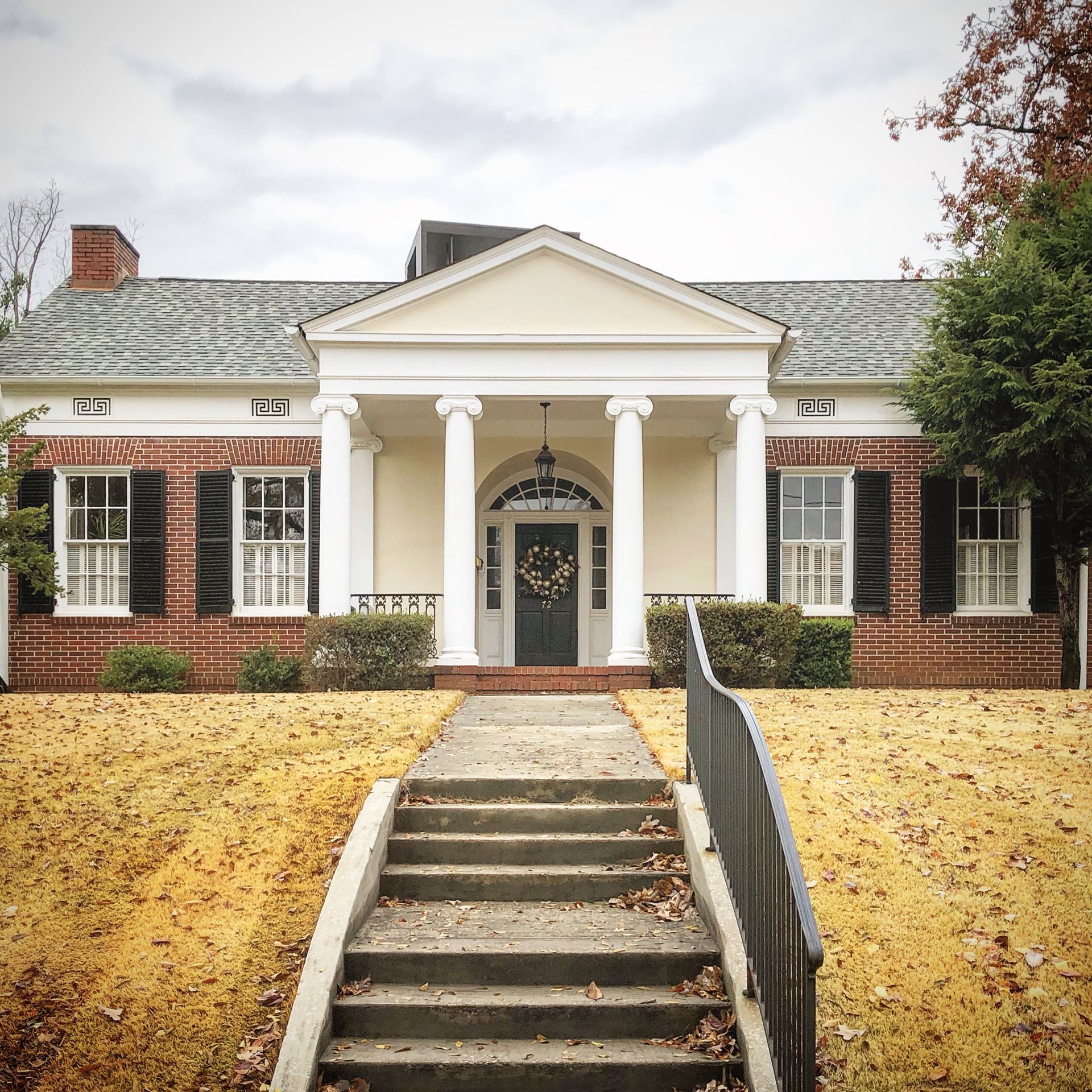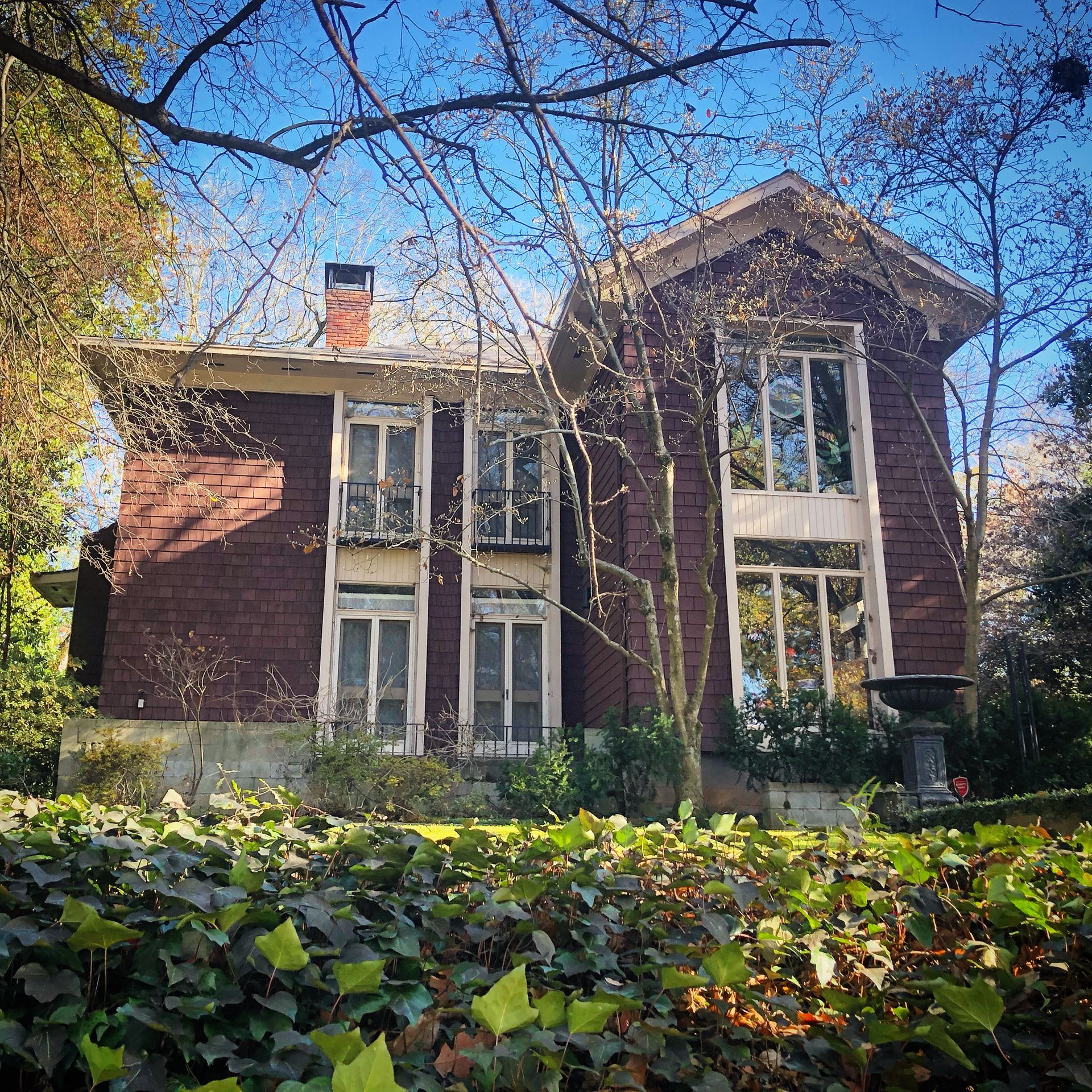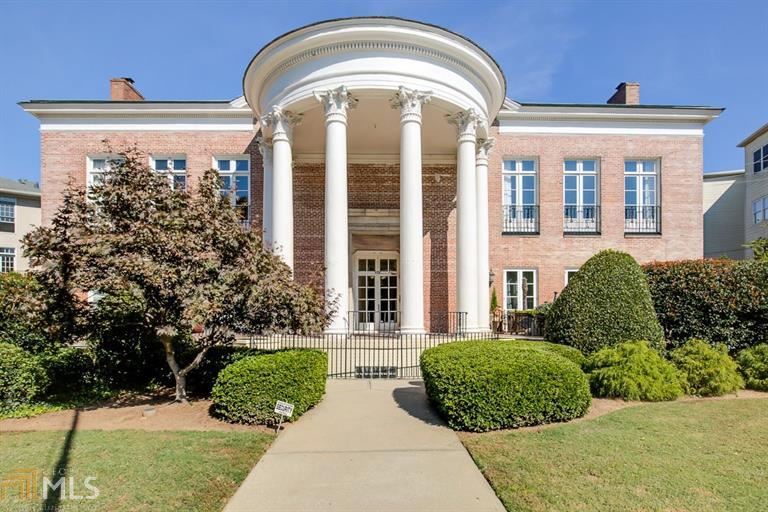THE EXTRAORDINARY ARCHITECTS OF ANSLEY PARK
A. Ten Eyck Brown
(CLICK HERE TO READ MORE/LESS)
As Atlanta’s population tripled between 1900 and 1929, the city’s architectural scene hit high gear as well. Building boomed in Ansley Park and Atlanta’s best architects had ample opportunities to display their talents in the neighborhood. A. Ten Eyck Brown’s career as an Atlanta architect spanned this early leap in the city’s growth. Born in 1878 in Albany, New York, Brown was himself the son of an architect. After studying in New York, he moved to Atlanta in 1902 to establish his practice. Brown’s acclaimed design legacy can be seen among the homes of Ansley Park and in Atlanta landmarks of the era. Brown’s most historically significant work in Ansley Park was the old Georgia Governor’s Mansion, now demolished. The home stood—overwhelmingly gray and solid—on the rise above the current roundabout where Montgomery Ferry meets The Prado and was built in 1910 for Edwin Ansley, the neighborhood’s founding developer. The Granite Mansion, as it was called, was purchased by the state in 1925 for $100,000 and served as the official state residence until 1968. Brown’s other works in the neighborhood are, thankfully, still standing. He designed 128 Seventeenth Street (1912) as his own residence and lived there until his death in 1940. The house sits dramatically atop a massive granite base and displays a highly personal mix of bold styling with distinctive stucco and masonry surfaces. At 100 Seventeenth Street (1921), Brown demonstrated his versatility with a picturesque melding of English Vernacular Revival (a/k/a ‘Tudor’) and French Country styles. Brown also designed The Grafton.
Apartments (1919), at 3 Park Lane, and The Maryland Apartments (1913) at 73 Seventeenth Street, both buildings part of the first wave of sophisticated apartment living in Atlanta. Outside of the neighborhood, Brown’s most imposing legacy in Atlanta is his massive Fulton County Courthouse, completed in 1914 in the grand BeauxArts style, one of four county courthouses he designed in Georgia. This fortress-like ten-story building surpasses the Georgia State Capitol in square footage and was the state’s first ‘million-dollar courthouse.’ All that remains of the classical façade of Brown’s Atlanta Federal Reserve Building (1918-1964) are five of its original composite columns. In 2001, these columns were moved to stand sentinel in front of the bank’s new Midtown headquarters at the corner of 10th and Peachtree Streets. Later in his career, Brown’s Post Office Annex Building (1933) in Downtown Atlanta, now the MLK Federal Building, was the largest construction project in the city at the low point of the Great Depression. The building’s monumental design exemplifies the spare and authoritative styling of New Deal public buildings, and has been recognized as a masterpiece of late classic Art Deco in the U.S.
— Michael Bishop
100 17th Street | 128 17th Street |
Neel Reid
17 Inman Circle | 109 Peachtree Circle |
186 Fifteenth Street | 1 South Prado |
262 The Prado
| 230 The Prado |
218 Fifteenth Street |
P. Thornton Marye |
108 Seventeenth Street | 78 Peachtree Circle |
41 Peachtree Circle | 31 Lafayette Drive |
Walter Thomas Downing |
Peachtree Circle | 126 17th Street |
Leila Ross Wilburn |
23 The Prado (Henri Jova Renovation) | 188 Seventeenth Street |
Haralson Bleckley |
160 The Prado |
Henry Hillyer |
239 The Prado |
John Cook |
149 Peachtree Circle |
Lewis Crook |
72 Peachtree Circle |
Henri Jova (Renovation) |
97 East Park Lane |
Alexander Bruce |
178 Fifteenth Street |
Phillip Trammel Shutze |
200 Montgomery Ferry Drive |
Henry Hornbostel |
270 Fifteenth Street |
Ansley Park Civic Association | PO Box 570119 | Atlanta, GA 30357 - Contact Us
.png)

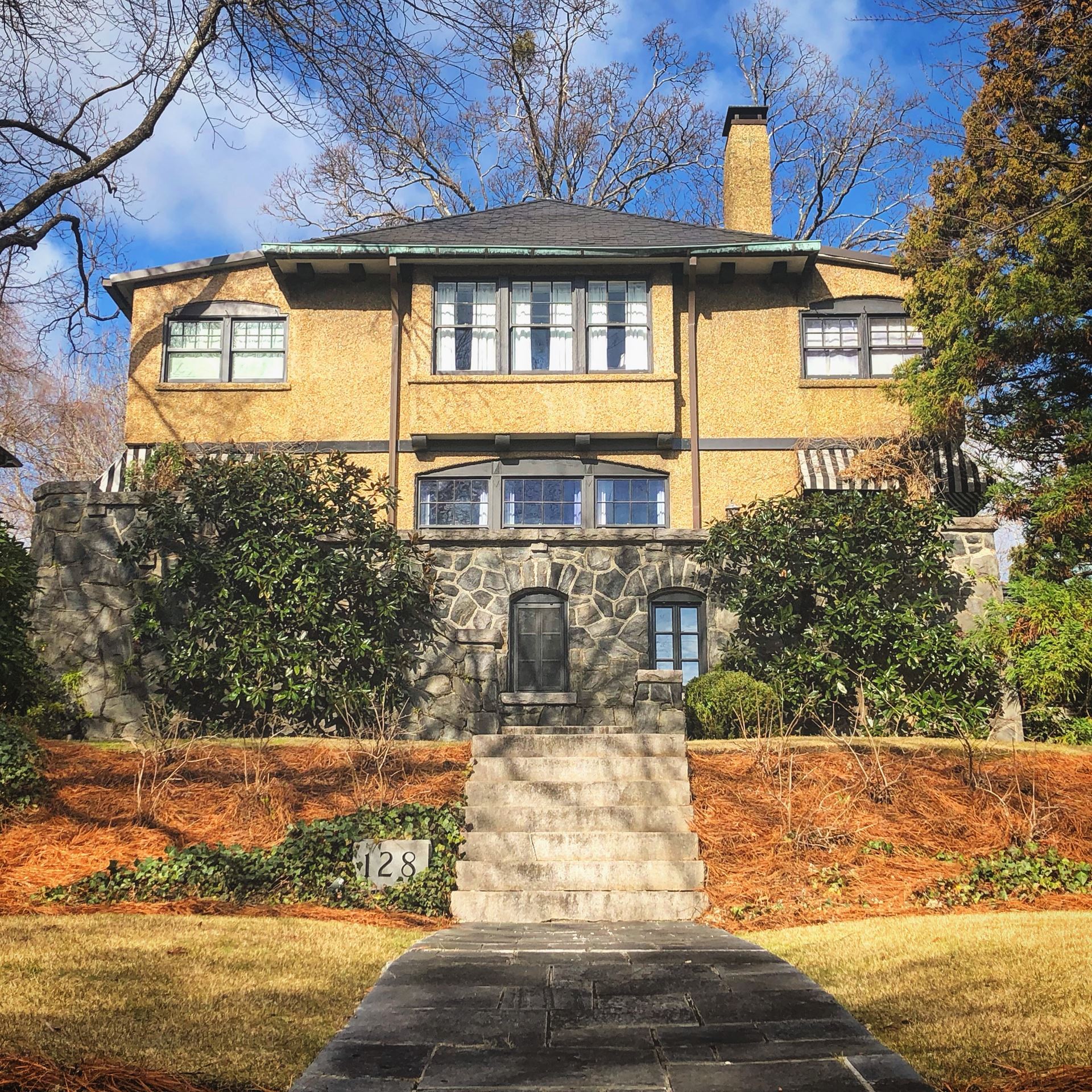
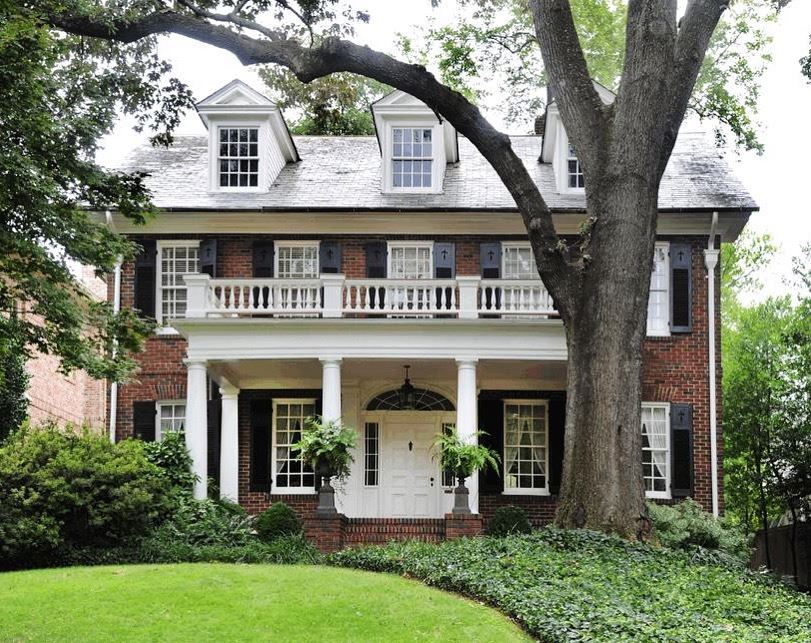
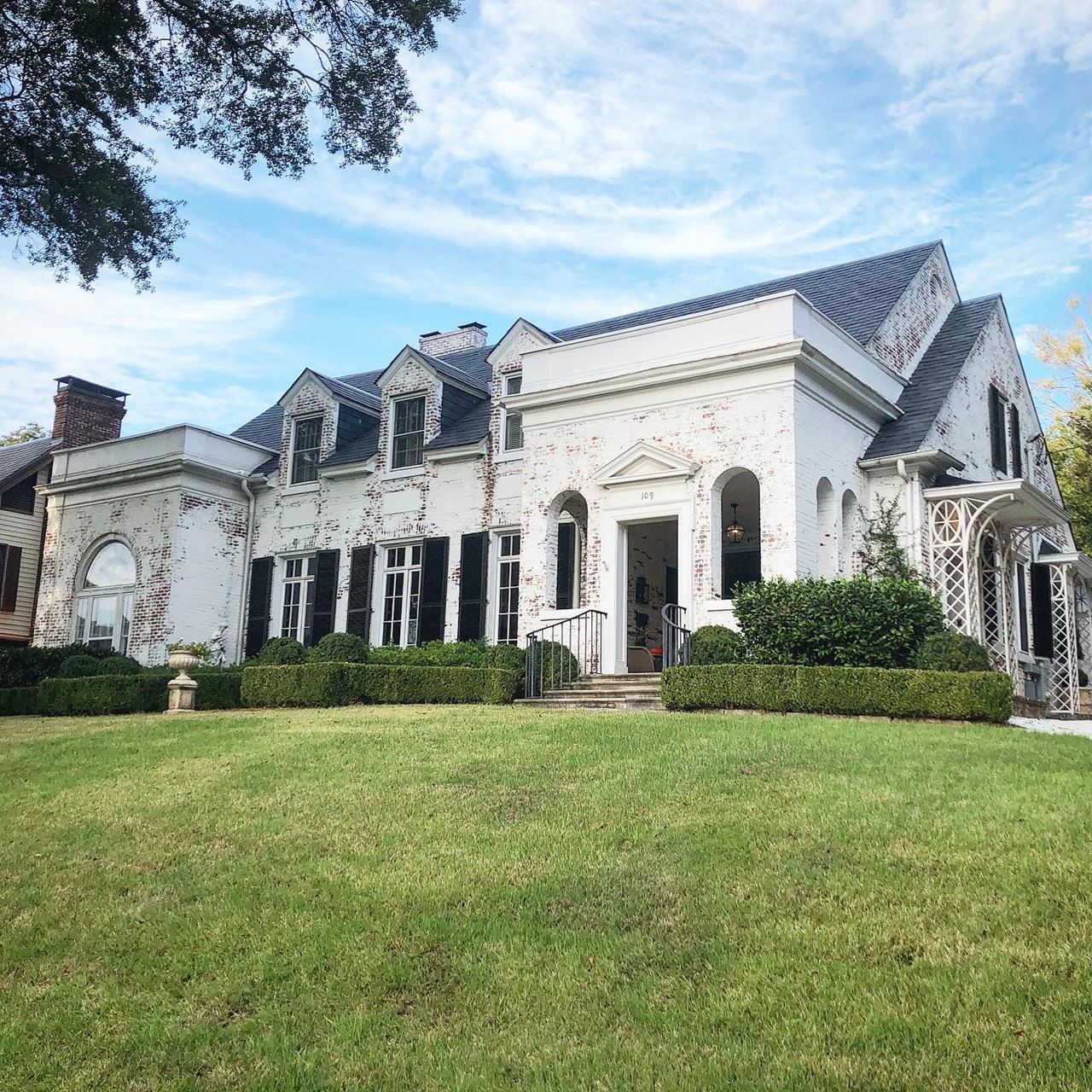


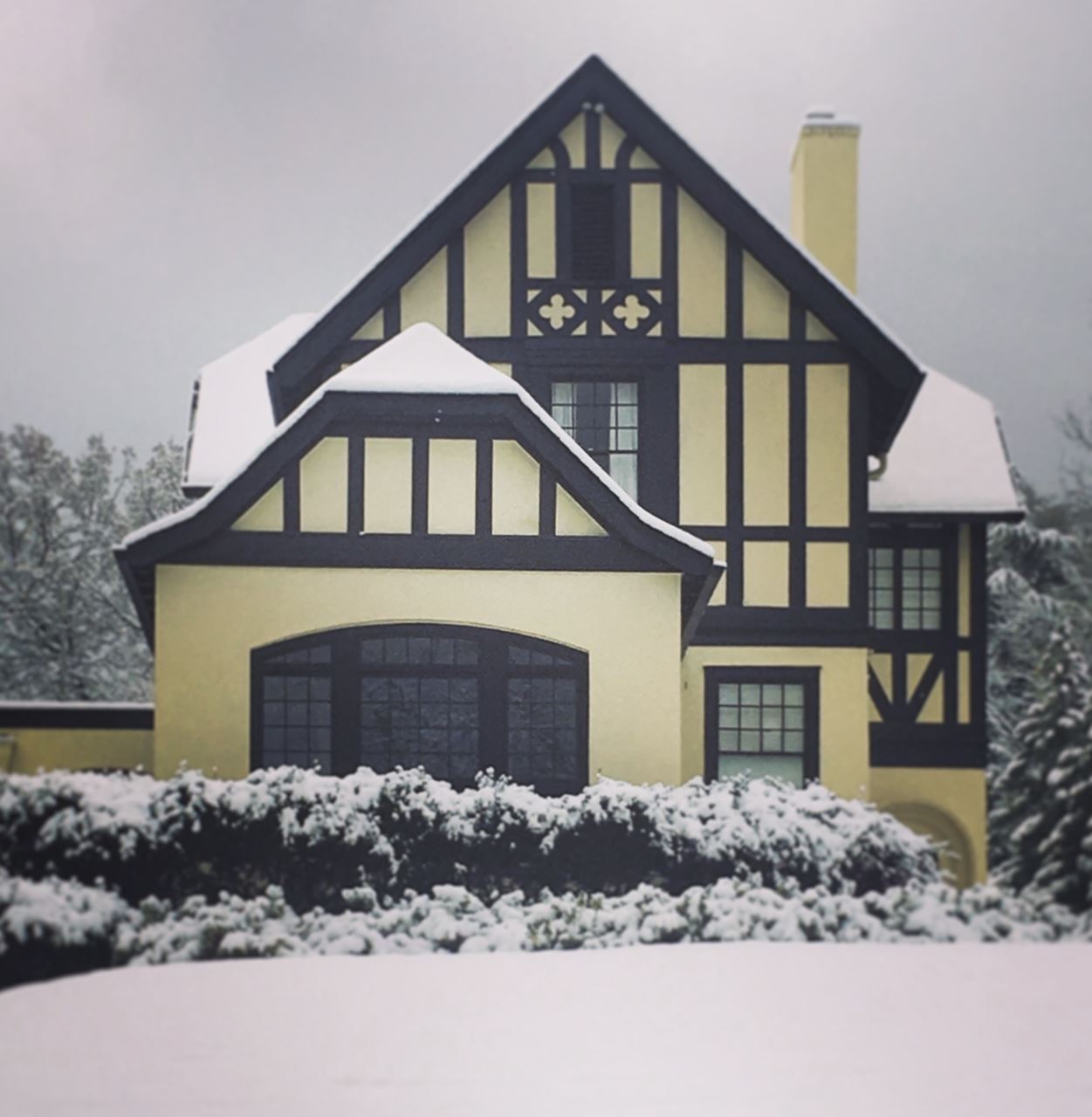


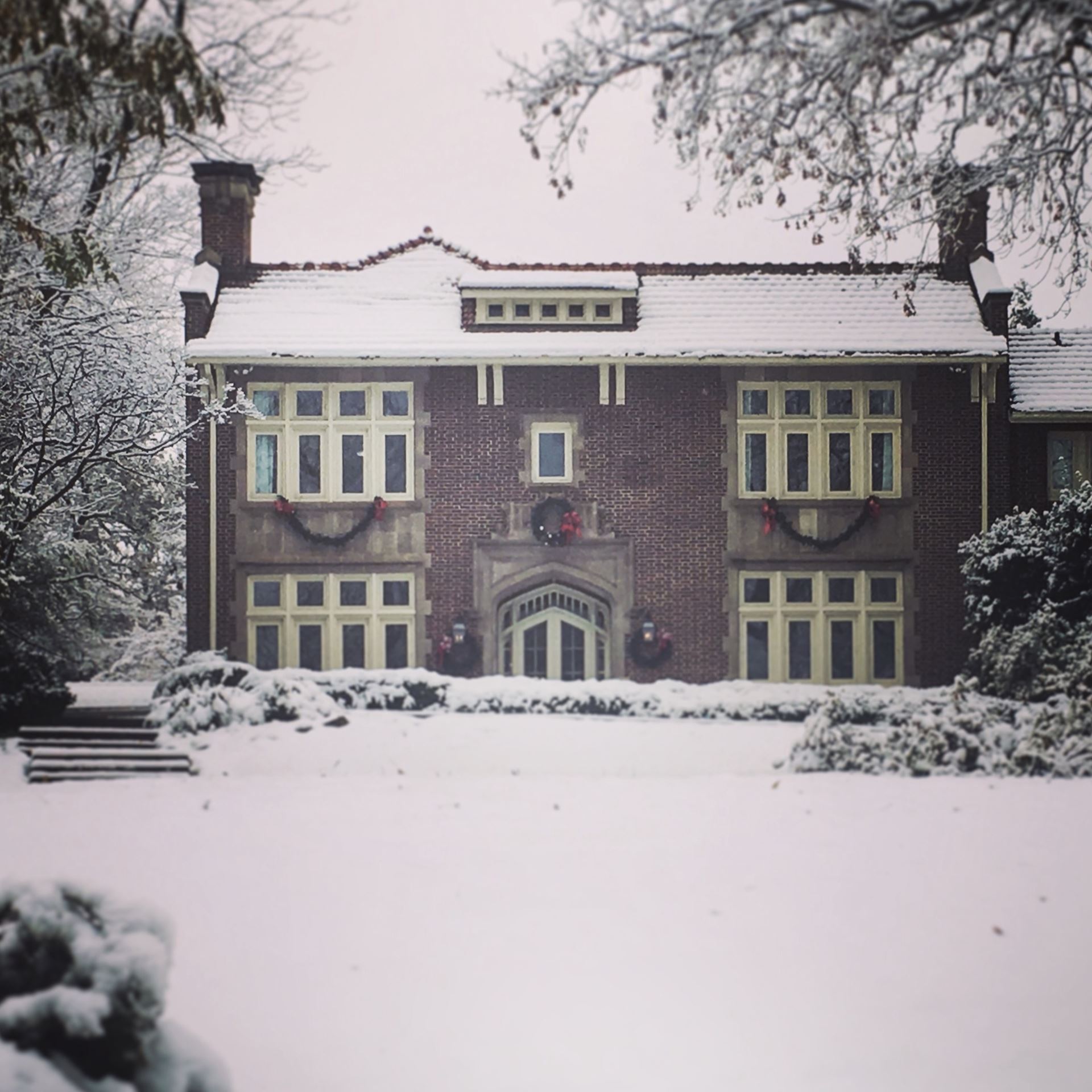
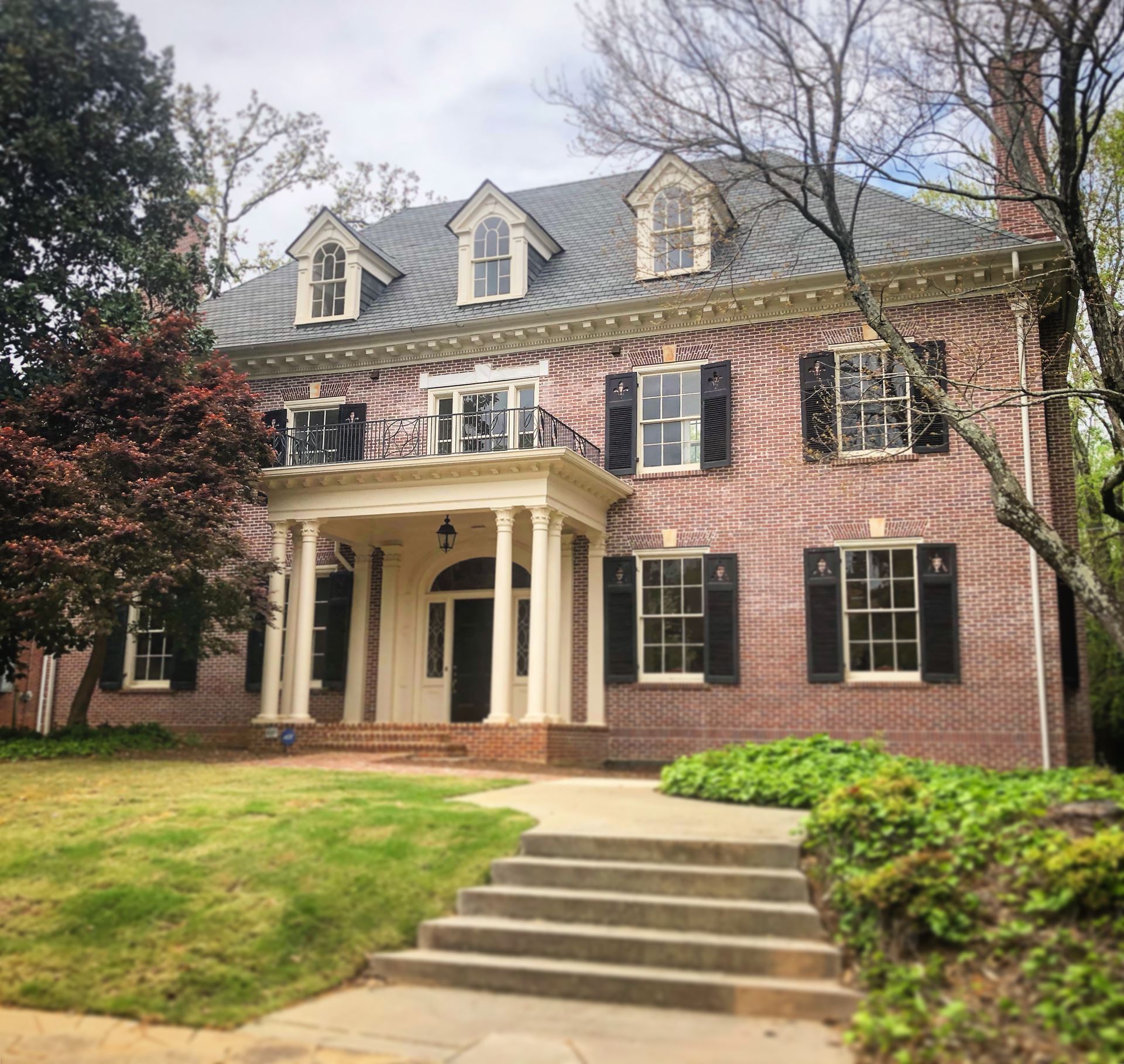

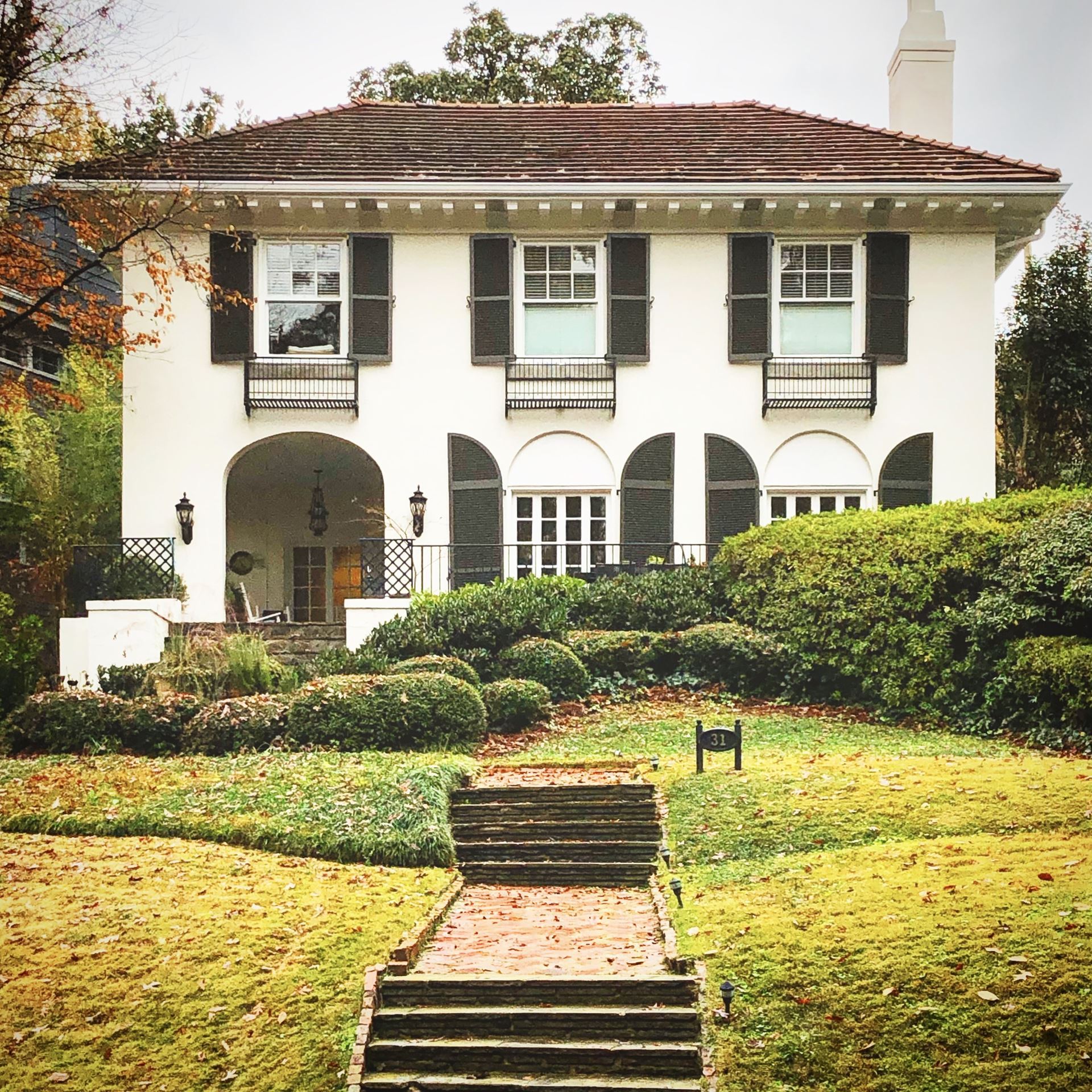
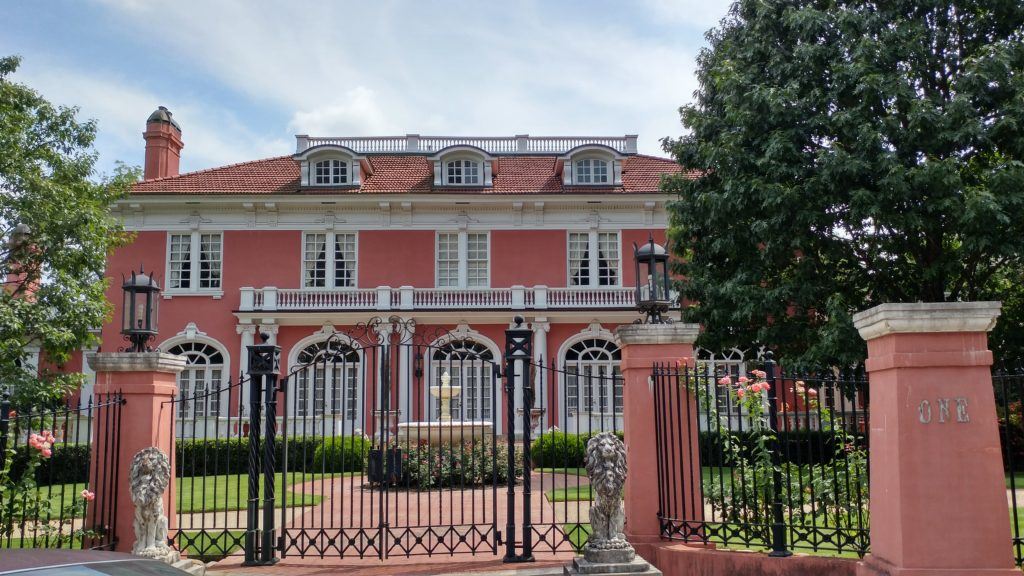

%20-%20%2023%20The%20Prado.JPG)

